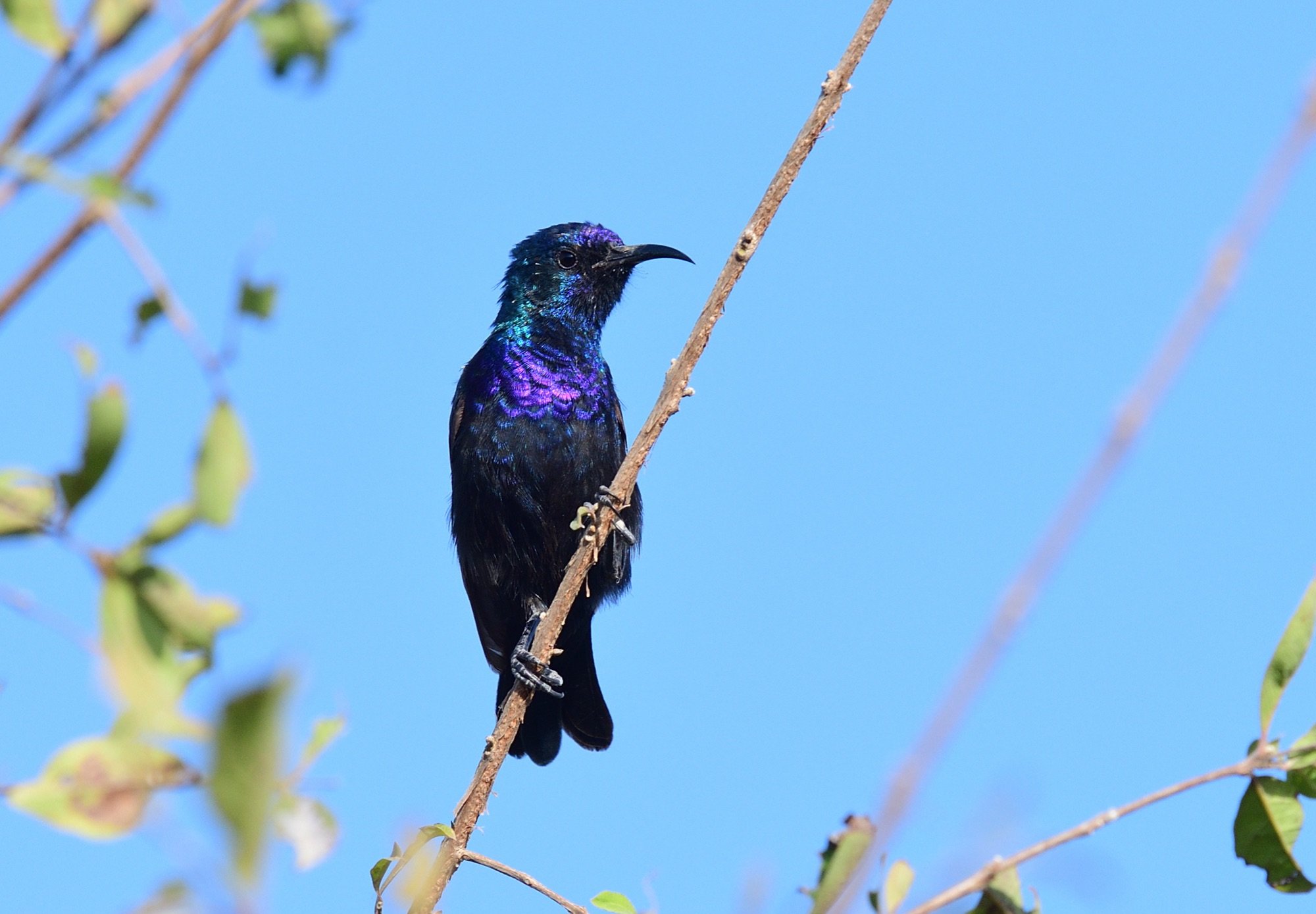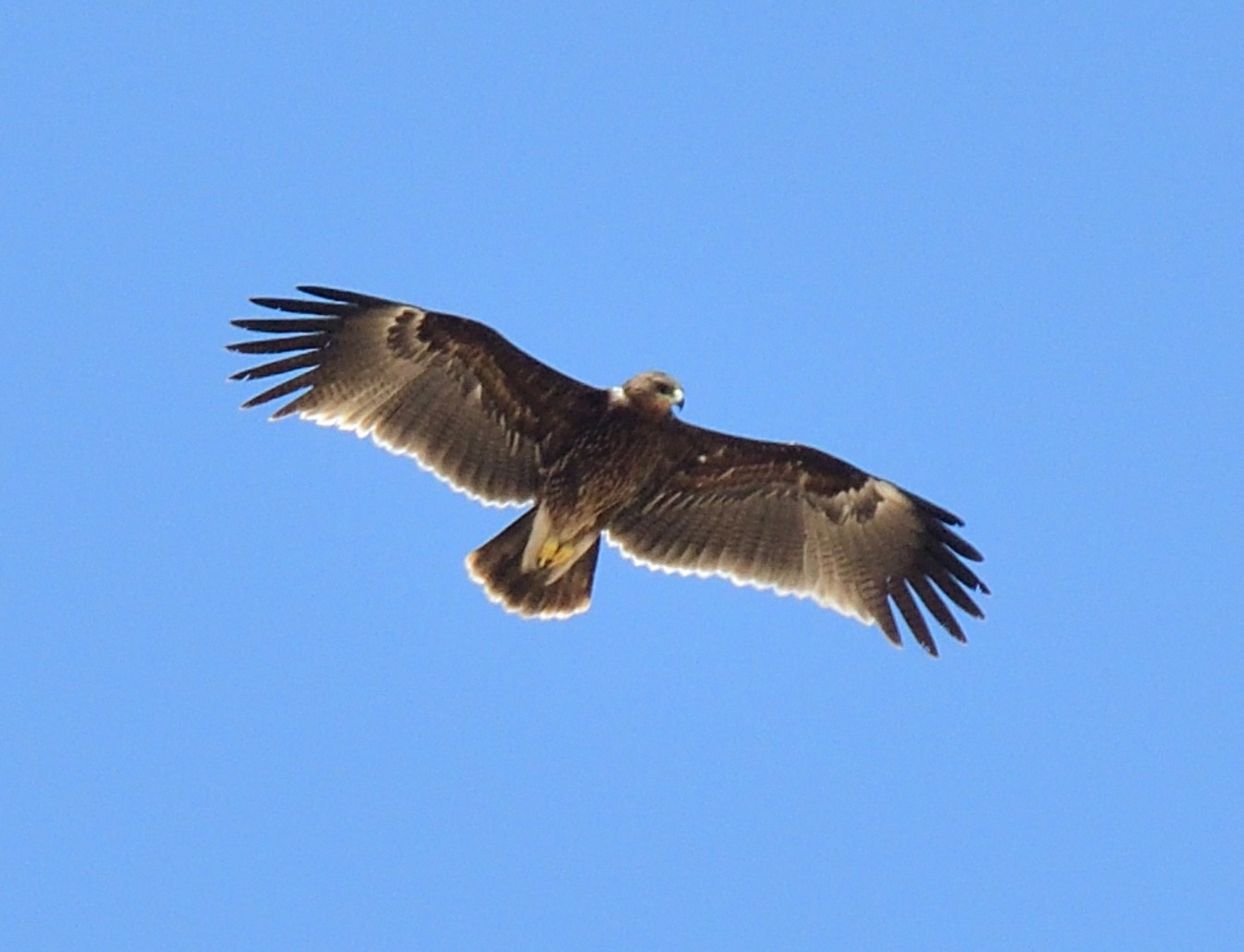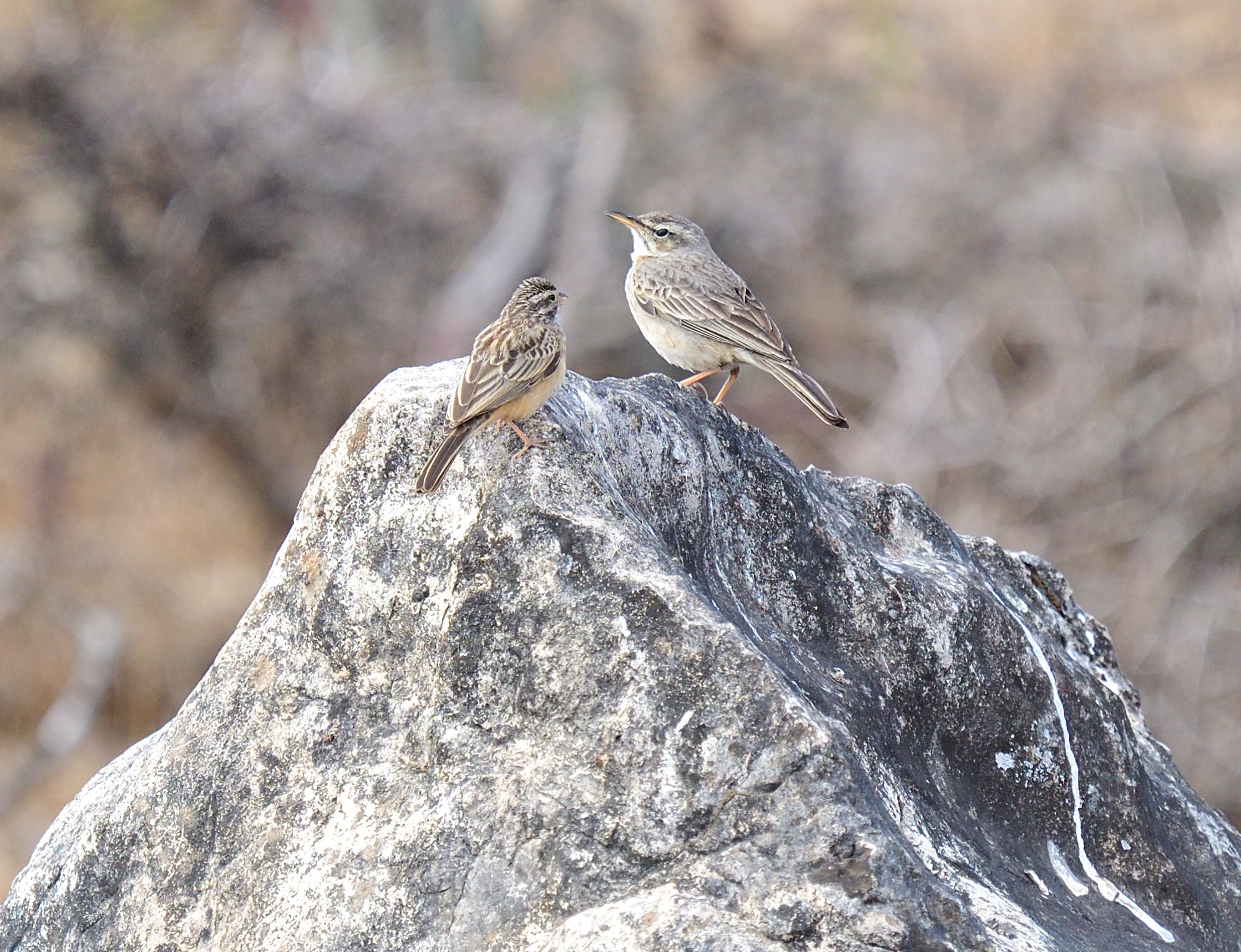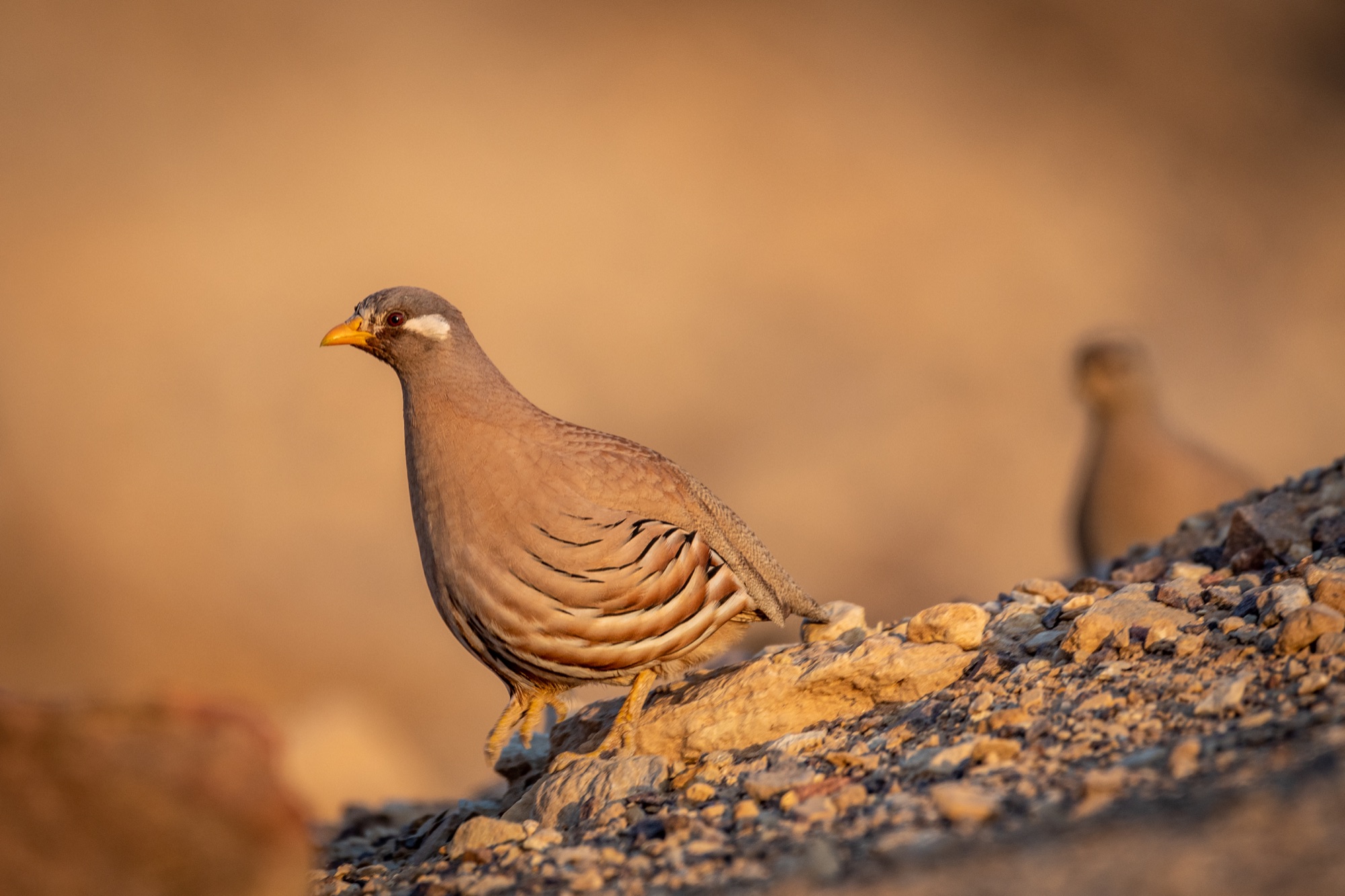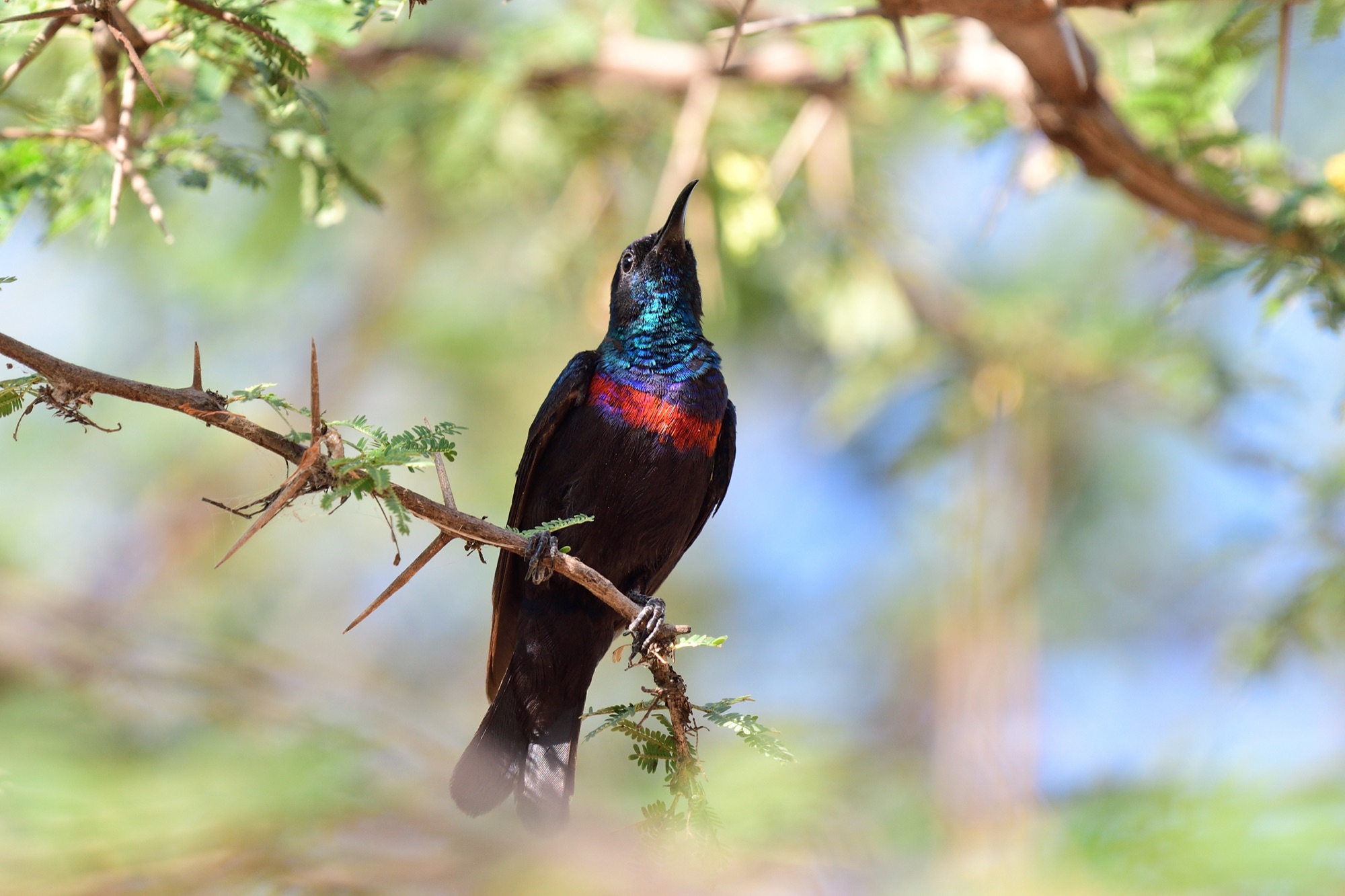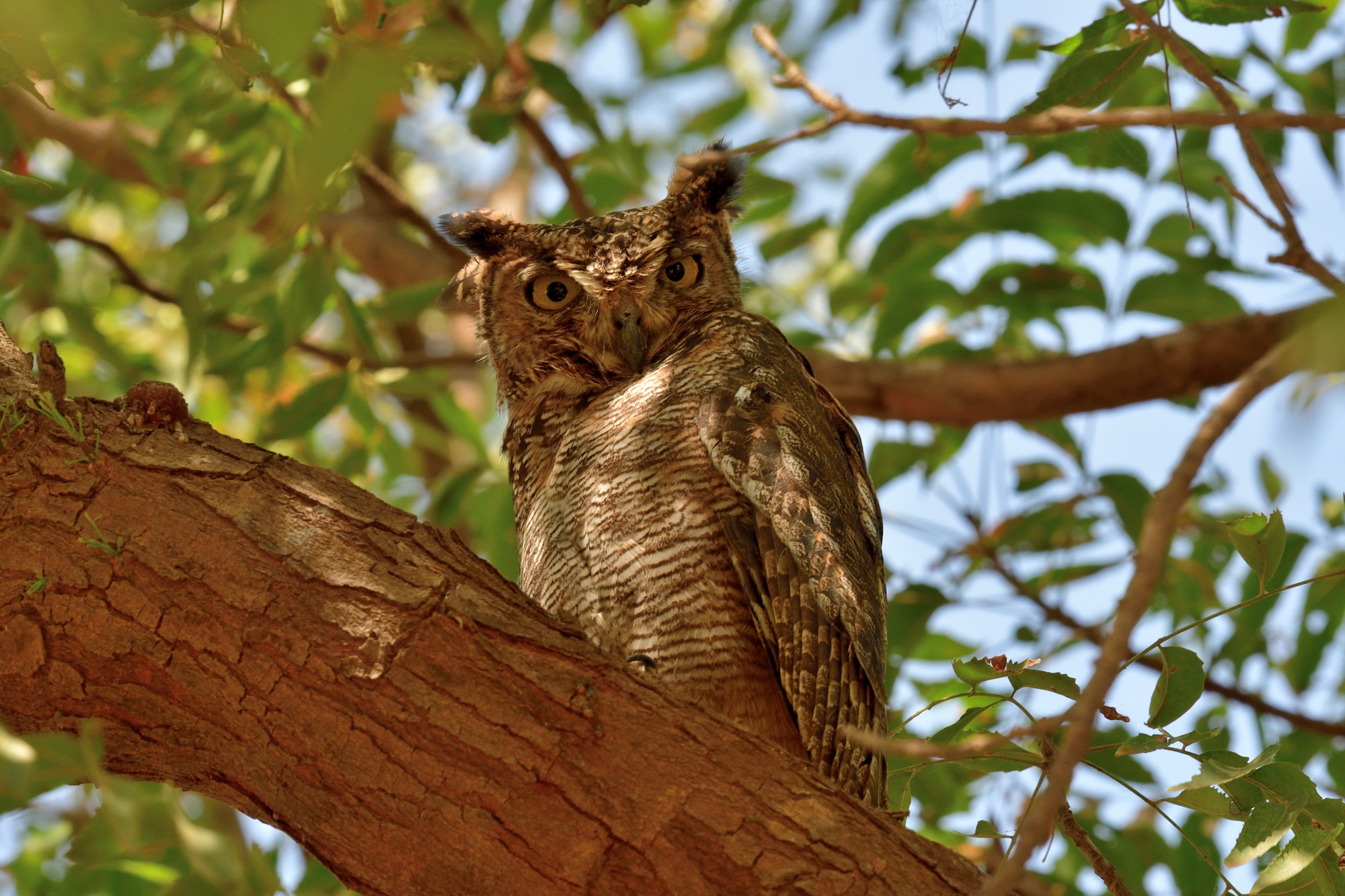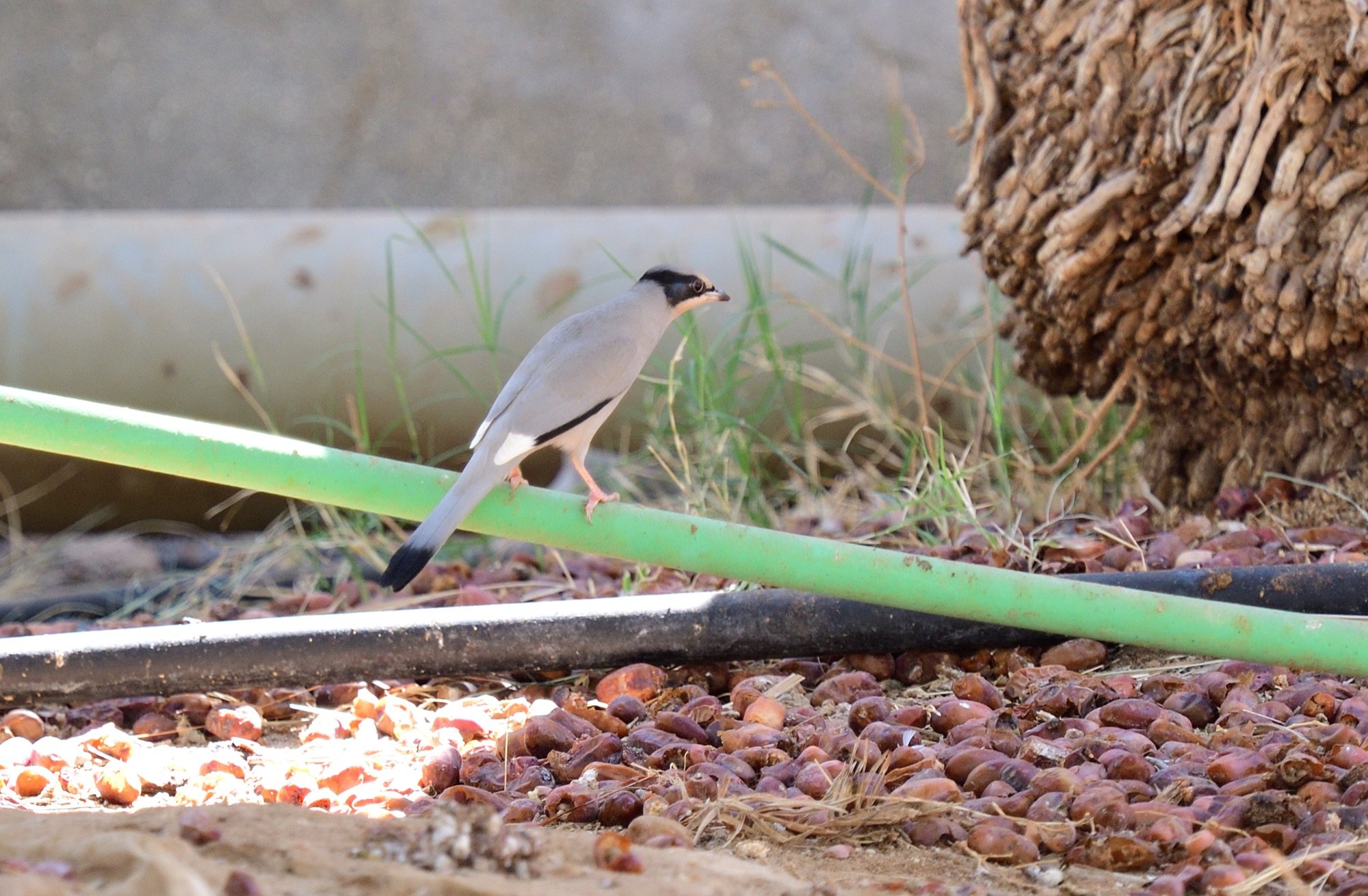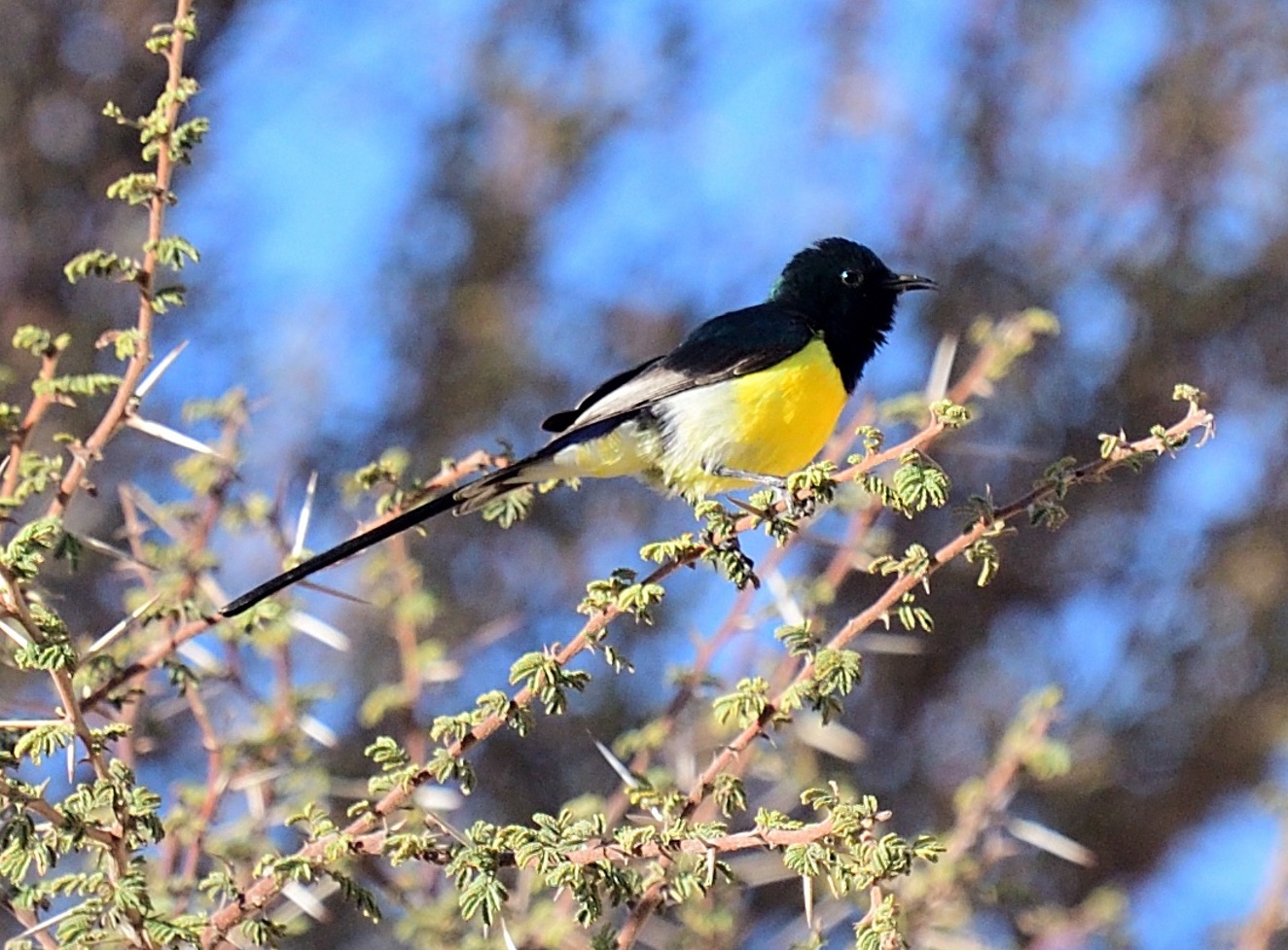SOUTHERN OMAN BIRDERS SPECIAL
DAY 1 ARRIVAL IN SALALAH (22nd Feb)

Arrivals into Salalah and transfer to a nearby hotel where we will have dinner and discuss the exciting possibilities of the week ahead. Most flights are via Muscat, but there are other options to fly from Dubai & Abu Dhabi. Night in Salalah.
DAYS 2 - 9 BIRDING FROM SALALAH
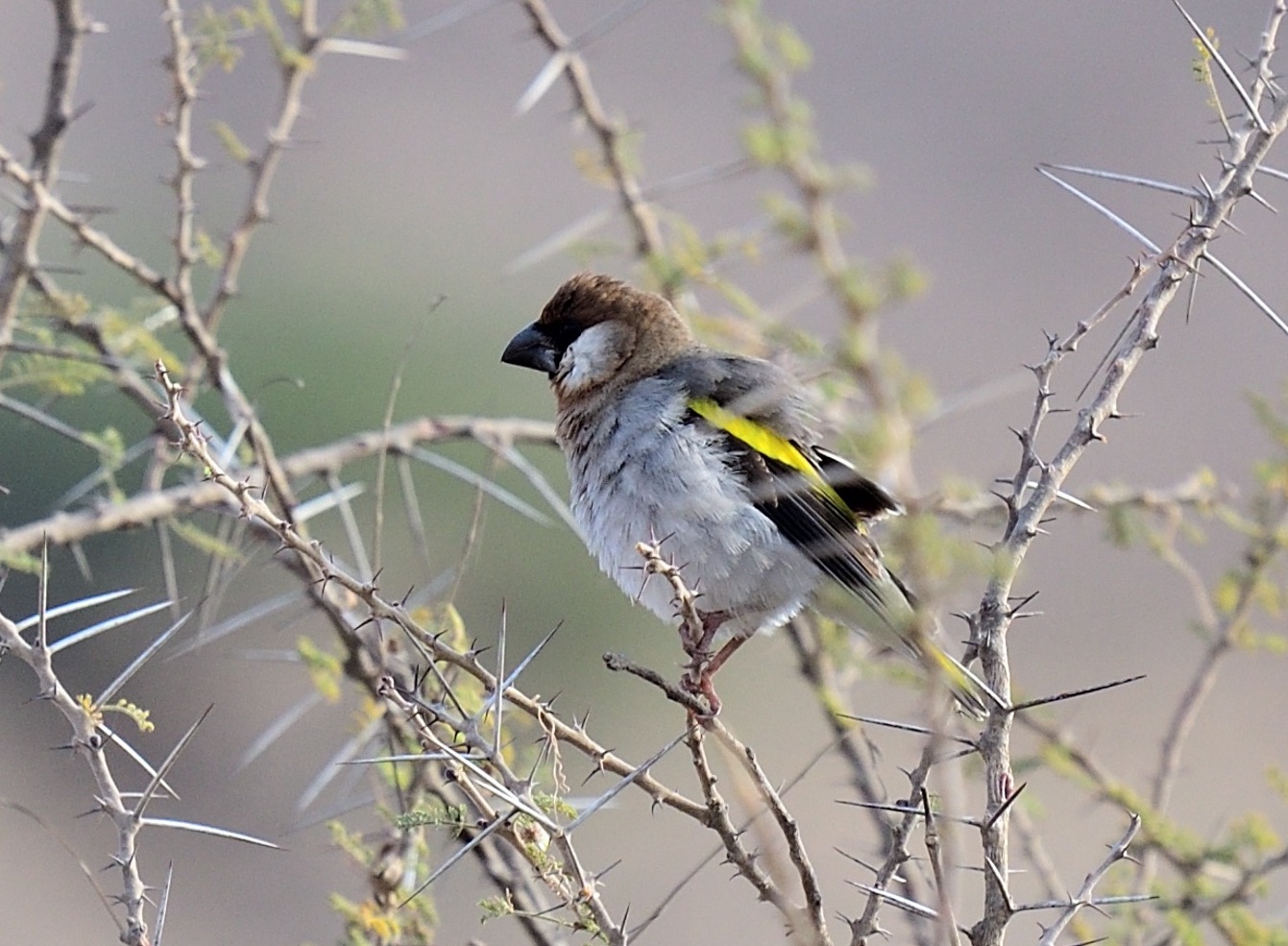
We are in for a very busy stay here in Salalah! Just what we do and where we go each day will vary on what species we are targetting. There are a number of specialities to find and there's plenty of great general birding to be had, with a species mix comprising birds from the Afrotropical, European and Oriental regions all meeting here. Arabian Golden-winged Grosbeak will possibly be our No.1 target and we will visit a series of wadis running into the Jabal Al Qara escarpment that have streams running through them, creating a green and lush habitat in this desert environment.
Most of the birding sites are within 20 - 45 minutes of our lovely hotel, so we can visit many different sites and habitats each day. Ayn Hamram is usally our first stop and is one of our favourite sites which has permanent water and a pool, as well as some much-needed shade created by several large trees once the day heats up.. We've found the 7th & 8th Blyth's Reed Warbler for Oman here, as well as seeing species such as White-breasted Waterhen, Bruce's Green-Pigeon, Grey-headed Kingfisher, European Roller, flocks of Blue-cheeked Bee-eaters, Eurasian Hoopoe, Forbes-Watson's Swift, Turkestan, Daurian and Masked Shrikes, Blackstart, Red-breasted Flycatcher, White-spectacled Bulbul, Graceful Prinia, Arabian Warbler, Eastern Olivaceous Warbler, Upcher's Warbler, and once we saw a Wolf!
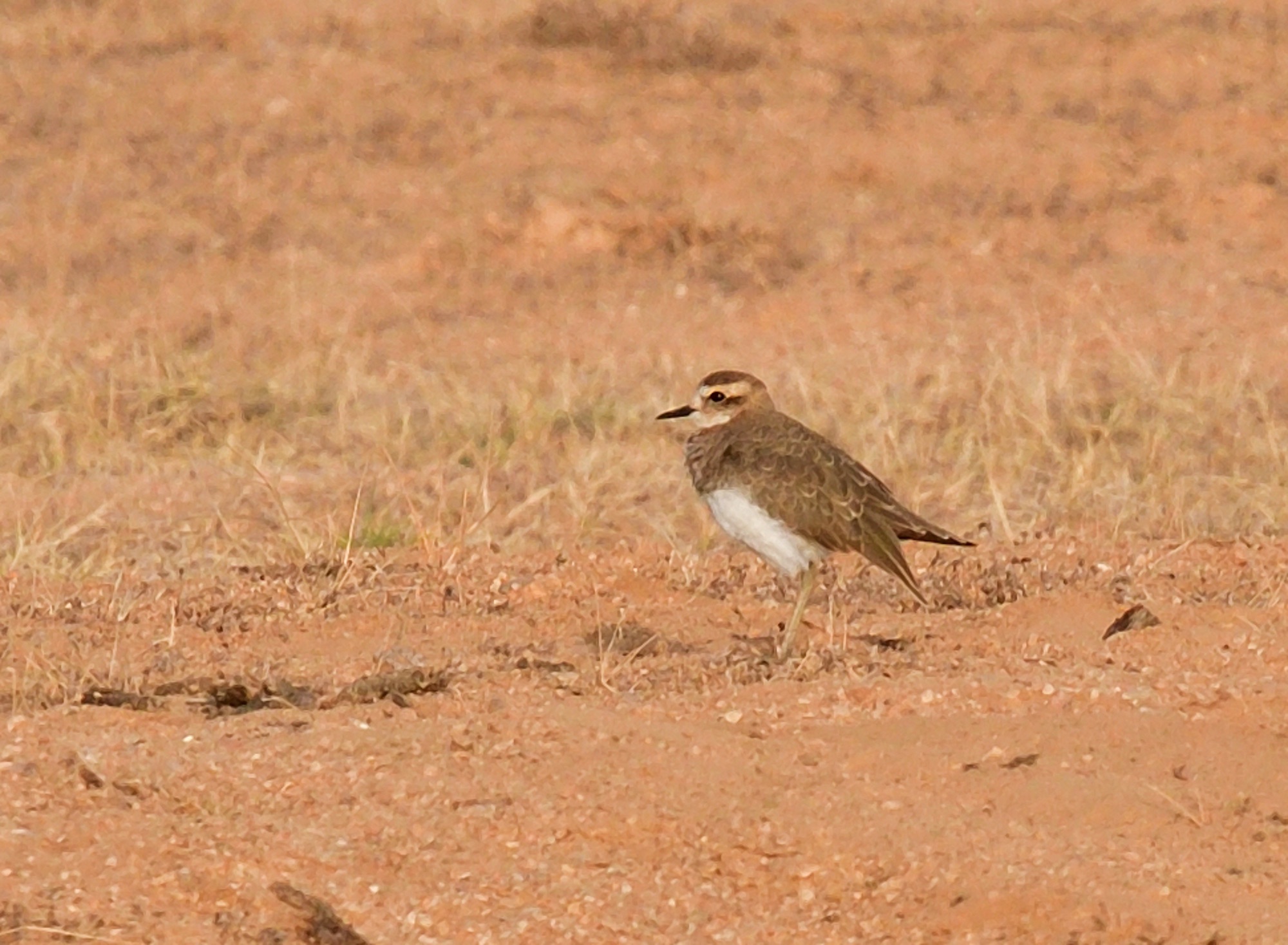
Nearby Wadi Kheesh can have many of the same species but is more arid and is another site for Arabian Grosbeak. A drinking trough often proves attractive to many birds mid-morning and provides fascinating entertainment as they are often oblivious to our presence and we get exceedingly close views.
The famous Ayn Tobruq and it's drinking trough has proven to be unreliable for grosbeaks recently but is still a very important site to check in the early morning. The drinking trough and dripping tap provide a valuable source of drinking and bathing water for all the usual species as well as Namaqua & Laughing Doves, Black-crowned Tchagra, Tristram's Starlings and sometimes Eurasian Wryneck. The drive along the plains usually holds several large eagles and we have had Eastern Imperial, Steppe and Greater Spotted Eagles all feeding on a carcasss on several visits in this area. The plains are also good for Black-crowned Sparrow-Lark, and we can usually find Cream-coloured Courser somewhere out in thsi vast area. And once we had a Caspian Plover too.
Ayn Razat is another wadi with permanent water with all the same species although is very good for Arabian Partridge, Arabian Warbler, and is also one of the better spots for Arabian Eagle Owl. We've also had White-breasted Waterhen, Long-billed Pipit, Arabian Warbler and once found an African Openbill, which was a 1st for Oman!

Meanwhile up on the plateau at the famous sinkhole of Tawi Atayr we can find a small flock of Yemen Serins roving around the lip of this large hole! There's usually a pair of Bonelli's Eagles giving superb views and we can look down on them as they soar across the chasm, whilst this one of many sites that has Arabian Partridge. Further across the plateau is Jabal Samhan, the stake-out for Verreaux's Eagle and there can be no better view to watch this spectacular raptor. It's also a decent spot for Arabian Wheatear and Fan-tailed Raven too, and one of the few places we've seen what used to be called Barbary Falcon, although that species has been lumped into Peregrine Falcon now.
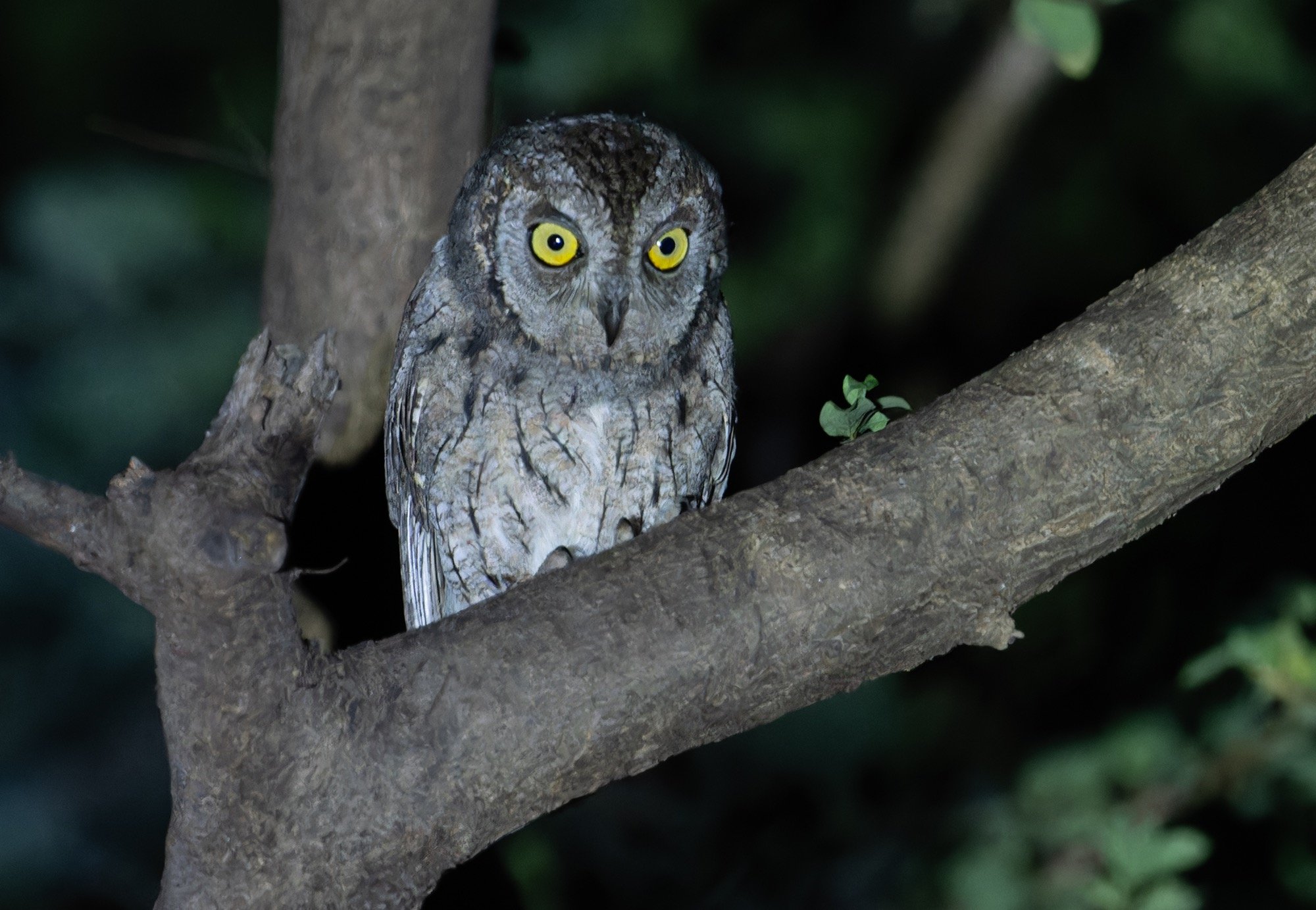
The furthest wadi heading east is Wadi Darbat, easily the most wooded of all the valleys running into the escarpment. It's home to several pairs of Arabian Eagle Owl and numerous Arabian Scops Owls but it can be quite difficult to work. Again, there's a permanent water source and species such as Cotton Pygmy Goose and Malachite Kingfisher have been seen here. It has a nice cafe at the far end and it's always worth scanning for Pallid and Alpine Swifts, plus there's usually a variety of raptors including Booted and Short-toed Eagle present. Probably the biggest draw is for anyone looking for mammals at night as various species have been seen, including a Wolf by one of our groups
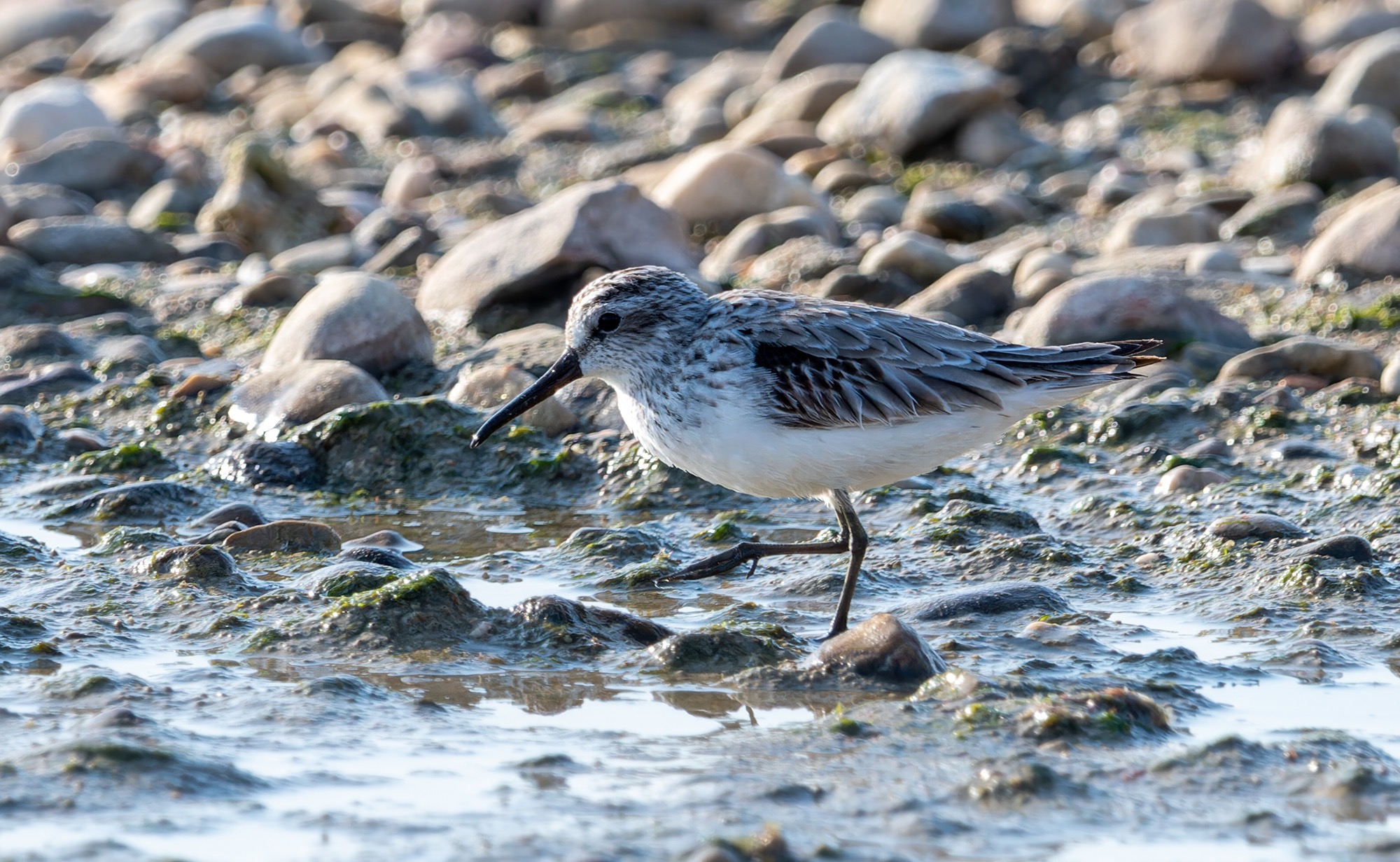
What adds to the excitement of birding the Salalah area is the numerous inland lagoons or khawrs as they are known. They prove attract to many resident and migrating species from points east and west and add such an unpredictability to our birding that you just never know what to expect. We've seen the rare Lesser Whistling Duck & 2nd Comb Duck for Oman on previous tours. Below Wadi Darbat is Khawr Rawri, which used to be the premier birding site in the region. That was until a typhoon wrecked the habitat but it is slowly recovering and still draws in plenty of good birds. Even along this portion of coast we can still find Arabian Partridge, whilst the lower section of the lagoon holds roosting egrets and herons, and shorebirds can include Broad-billed Sandpiper, Kentish Plover and Pin-tailed Snipe. Last year there was a Black Stork present here too. The higher reaches of the lagoon have better habitat and we've seen Pheasant-tailed Jacana, a variety of shrikes, and there's usually a flock of Citrine Wagtails present along with numerous races of Yellow Wagtail. And on one occasion there was a flock of Rosy Starlings.
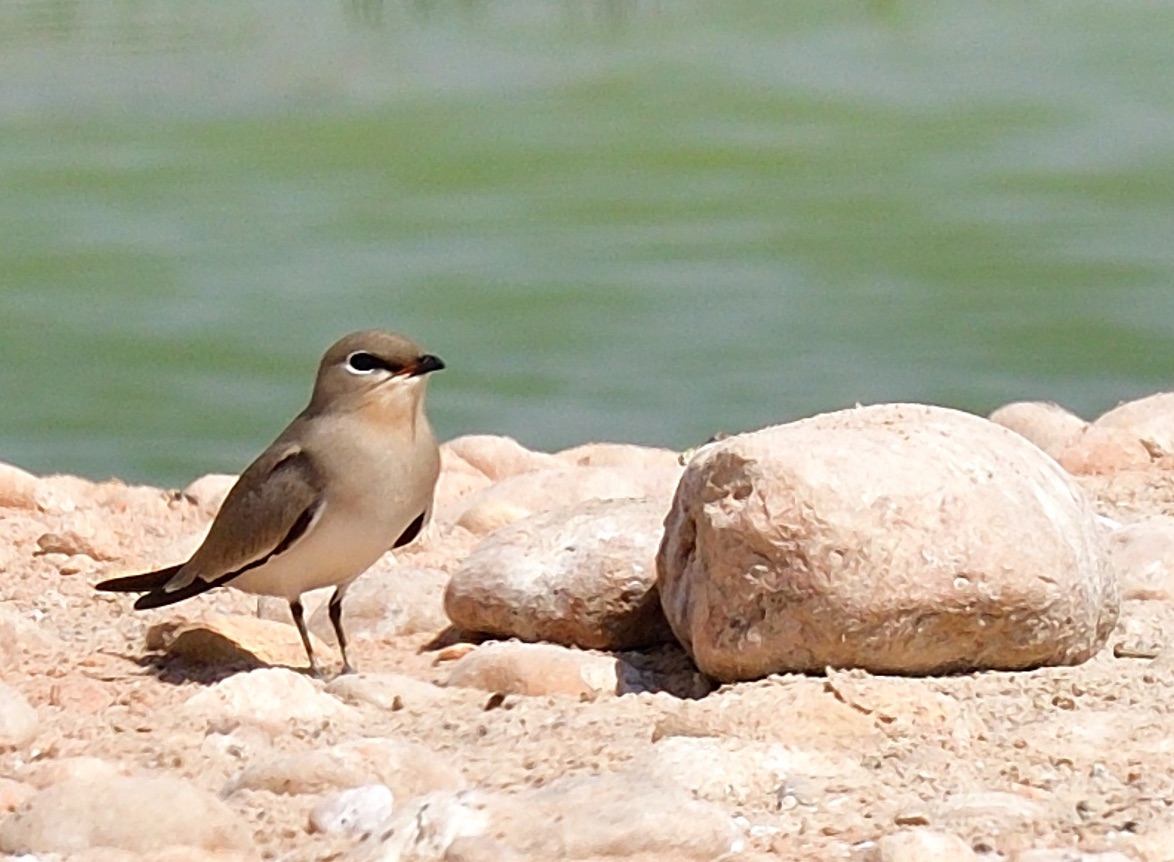
The crown jewel of the coastal lagoons is East Khawr, situated right on the very edge of Salalah. This is an awesome place and we will visit it multiple times. It produces new birds on every visit and every time we go there the species mix is completely different. Flocks of loafing gulls comprise of the ultra common Sooty, Heuglin's and Steppe Gulls, with many Slender-billed Gulls and the odd Black-headed and Caspian Gull. Most of them are almost in touching distance! There's always a Caspian Tern and Greater Crested Terns standing at the water's edge, which we usually drive right up to. Flocks of Common Terns often attract stunning White-winged Terns, although now we only have Little Terns as the current concensus is that Saunders's Terns don't occur at this time of year. The flock of Greater Flamingo's is usually joined by Eurasian Spoonbills, whilst a big flock of Glossy Ibis is always present, along with a huge flock of Ruff. This is one site you can have Indian Pond Heron standing alongside Squacco Herons, Wood, Green and Common Sandpipers next to each other, Marsh Sandpiper feeding alongside Common Greenshank (check out those bills), Little and Temminck's Stints feeding right next to our parked SUV's (look at those legs!). Get your camera's ready! And it's invaluable experience for birders of all abilities. We love this place! Add in species we've found such as Cotton Pygmy Goose cruising beside Garganey and Common Teals, groups of Red-knobbed Coots, the odd White-tailed Lapwing, and even Small Pratincole or the commoner Collared Pratincole and you can see why you can't be complacent here. as there are rarities to find! We even had a Masked Booby land on the beach once!

On the othe side of Salalah is Raysut Sewage Works which holds a big flock of White and Abdim's Storks and is the best place to see Spur-winged Lapwing in the area. And this is just inland from a personal favourite of ours, of Khawr Raysut that has an enviable track record of producing rarities such as Crab Plover, Pallas's Gull, and where the same African Openbill liked to hang out. We even found Oman's 4th Dalmatian Pelican here. Many of the same species as East Khawr can be found here, but it is better for Lesser Crested Tern, Red-necked Phalarope, and both Broad-billed and Terek Sandpipers. The location is a little more remote than East Khawr and there's huge potential for finding something unusual. It is another fantastic location for observing gulls and terns including White-cheeked and plenty of shorebirds. Plus there's usually many Osprey's and Greater Spotted Eagles loafing on the mudflats when the tide is out. From the shore we have also seen Brown & Masked Booby feeding out in the bay. Even in downtown Salalah there are several spots worth checking as it usually holds a few Oriental Honey Buzzards in the parks, as well as Bruce's Green-Pigeons, Grey-headed Kingfishers. there's a location for Spotted Thick-knee, and Salalah Nature Reserve held Oman's 2nd Buff-breasted Sandpiper in 2022. Other sites can yield Singing Bushlark, Yellow Bittern, Yellow-throated Sparrow, and one year a Pectoral Sandpiper! If there is access to Sahnawt Farm (although this is increasingly unlikely) it can produce some good birds and we have found White-tailed Lapwing, Masked Wagtail and Oman's 1st Banded Martin on our first tour.
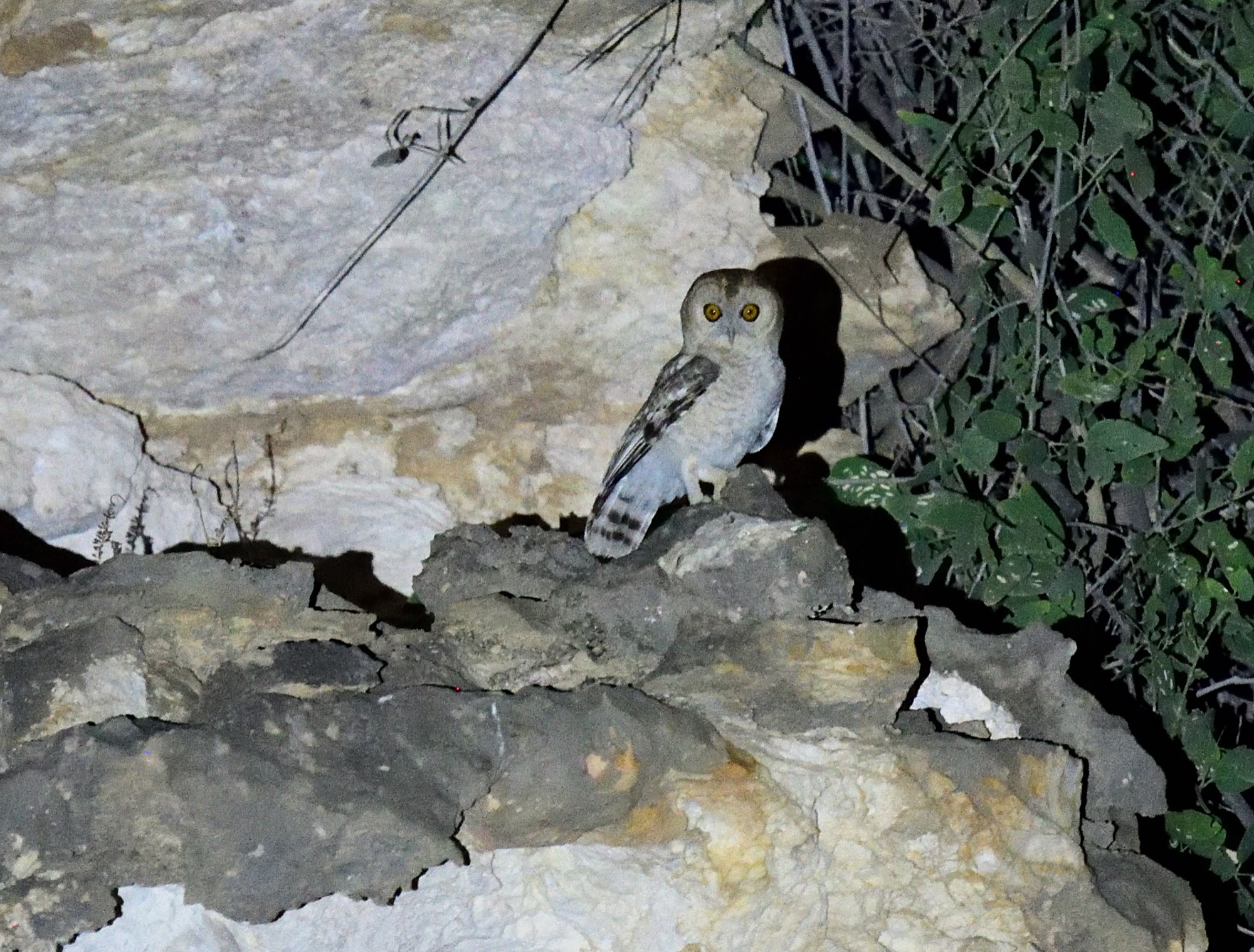
Heading further west towards the Yemen border is Khawr Mughsayl, another rarity hotspot where we have seen Cotton Pygmy Goose, Pheasant-tailed Jacana and Oman's 5th Lesser White-fronted Goose. There's usually a few Red-knobbed Coots present and all the usual shorebirds, gulls and terns. The nearby beach is where we usually have our picnic lunch in the shade of one of the numerous buildings and even during midday a seawatch is worthwhile either here or from the restaurant overlooking the famous blow-hole. We've had White-cheeked Terns fishing right in front of us, both boobies are usually present, there's a huge flock of Socotra Cormorants somewhere in the bay, and we've even had Persian Shearwater, Jouanin's Petrel, Lesser Noddy and Common Noddy just offshore too. It all depends if there's any fishing boats present! And just inland from here is Wadi Mughsayl, THE site for Desert Owl, although we have found our own site now for the owl. This wadi is a great place to get Arabian and Sand Partridges in the same flock, close views of Arabian Wheatear and sometimes Hooded Wheatear, This is only 45 minutes from our hotel so we may well visit a couple of times as it is a great area.
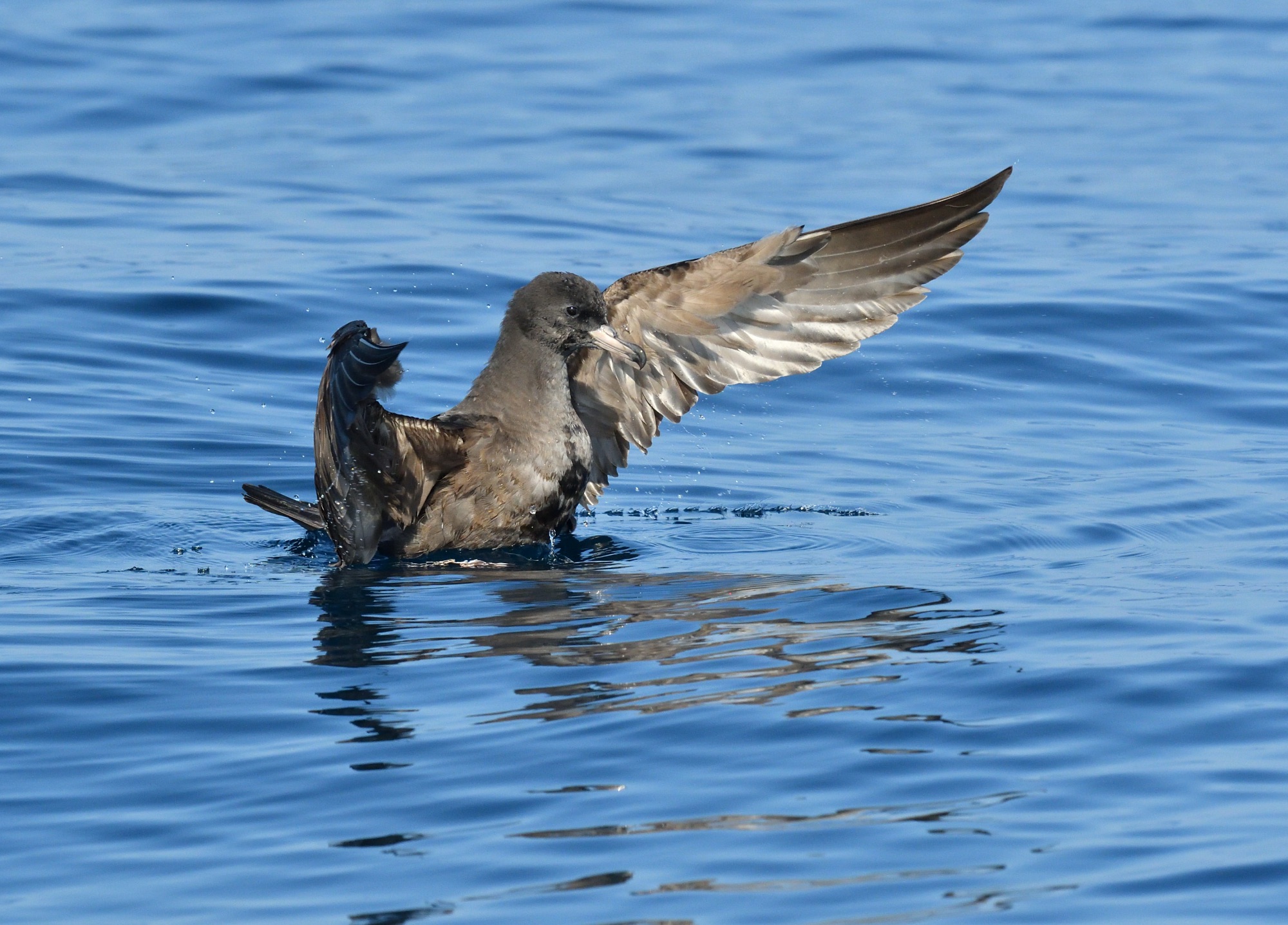
One of the highlights of any man tour is the must-do pelagic out of Mirbat with Captain Hatem. It's just under an hour's drive from Salalah to this picturesque fishing harbour so we need to leave quite early in order to set out on time at 07:30am. The edge of the continental shelf isn't too far offshore and with the aid of some chum we hope to entice Jouanin's Petrel, Persian and Flesh-footed Shearwaters, whilst we should also see Masked Booby, Socotra Cormorant, Bridled Tern, and many Sooty Gulls, and hopefully something rarer! We've also seen Pomarine Skua & Red-billed Tropicbird on this trip in the past. We will keep our fingers crossed for a Swinhoe's Storm-Petrel..!
And on one day we will leave early and head inland to the remote village of Mudday, which is not too far from the border with Yemen. The main prize here is a small, wintering flock of Hypocolius that can be seen in a couple of spots around the village, and hopefully a few are still lingering this late in the winter. Other great birds to look for here include Sand Partridge, African Collared Dove, Blackstart, Desert and Bar-tailed Larks, Hooded Wheatear and Nile Valley Sunbird. Nearby, there is a remote wadi where large flocks of Chestnut-bellied Sandgrouse come to drink, and usually there are some Crowned Sandgrouse visiting as well. This is a great site and there's a high chance of getting a few other different species or even a rarity. On one of the four tours we have done in the past year, a Jacobin Cuckoo appeared.
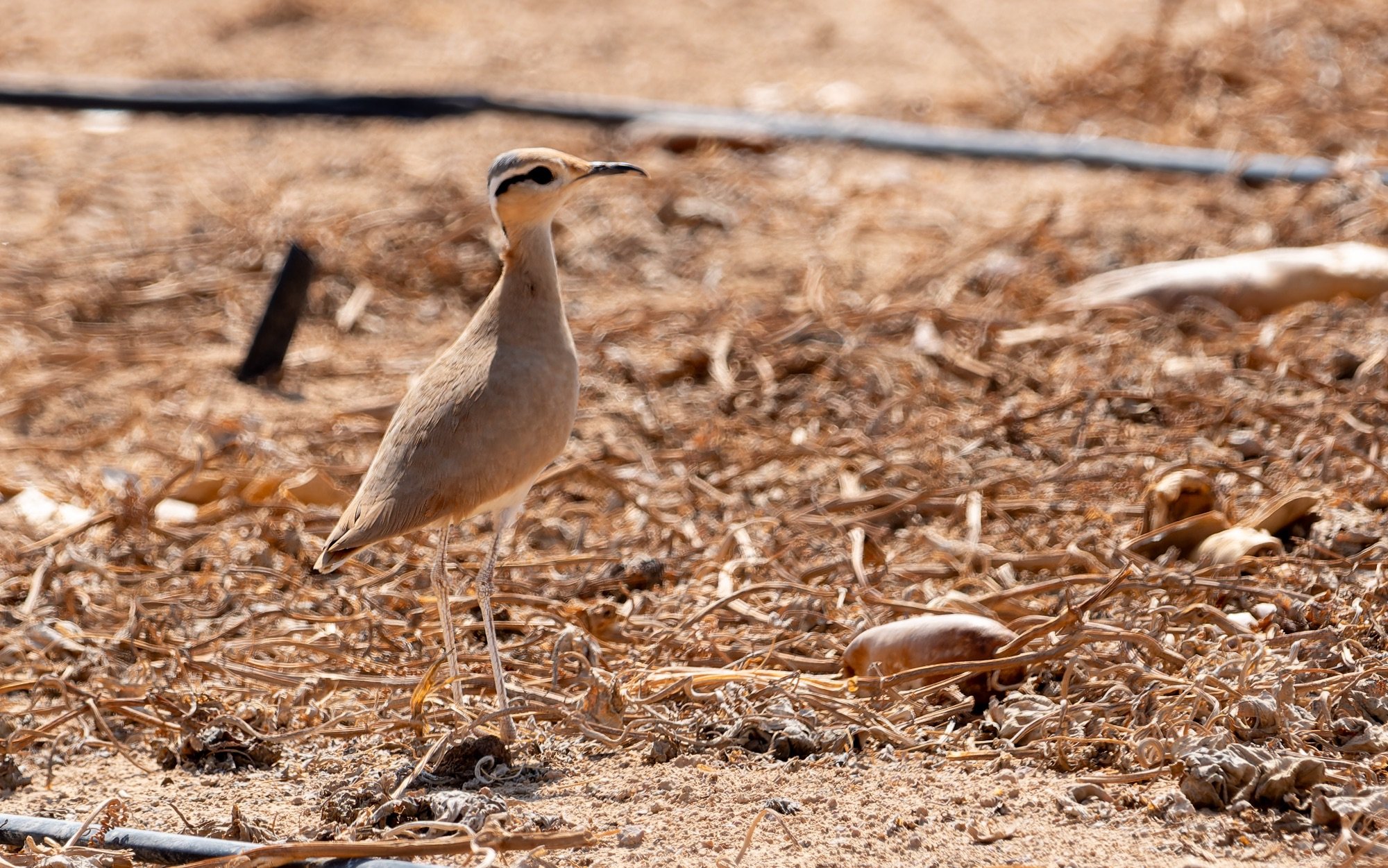
Once we are finished here, we will head to what is becoming one of the best hotspots for rarities in southern Oman - Shisr Fields. There's been a wintering flock of Sociable Lapwings present during the last few years and we are hopeful of finding them. The irrigated fields have proved to be a rarity magnet with species such as Arabian Lark, Red Collared Dove and Wattled Starling being seen, whilst in Nov 22 we had a flock of over 140 Rosy Starlings. Groups of White Storks feed here, and the huge flocks of House Sparrows attract a variety of raptors including Long-legged Buzzard, Pallid Harrier, and various eagles. The surrounding desert is also good for Black-crowned Sparrow-Lark and this would be our best chance of seeing Cream-coloured Courser, which can be surprisingly common here. It's an exciting site and we are pretty much guaranteed to have a number of unusual sightings.
And there's plenty of evenings to ensure we get good views of Desert Owl, Arabian Eagle Owl and Arabian Scops Owl too!
DAY 10 END OF TOUR (3rd March)
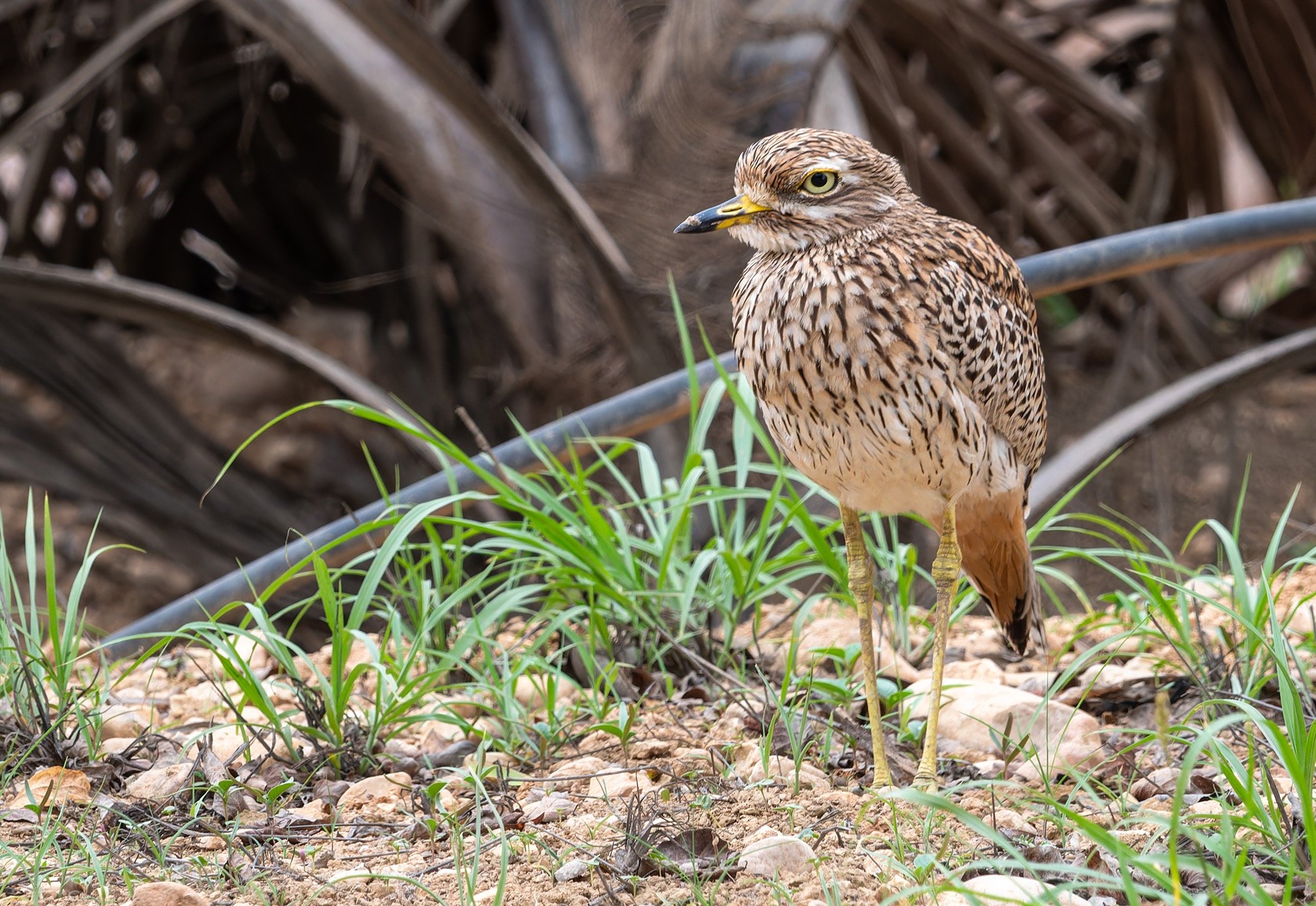
Transfers to Salalah International airport and end of an exciting tour.
****** There is the option of spending a few days/nights in the north searching for Omani Owl, as well as driving down to Barr al Hickman for Crab-Plover and checking out Muntesar Oasis for nightjars etc - please ask our office for further info ******


